Native Mobile App Builder: How to Choose the Right One?
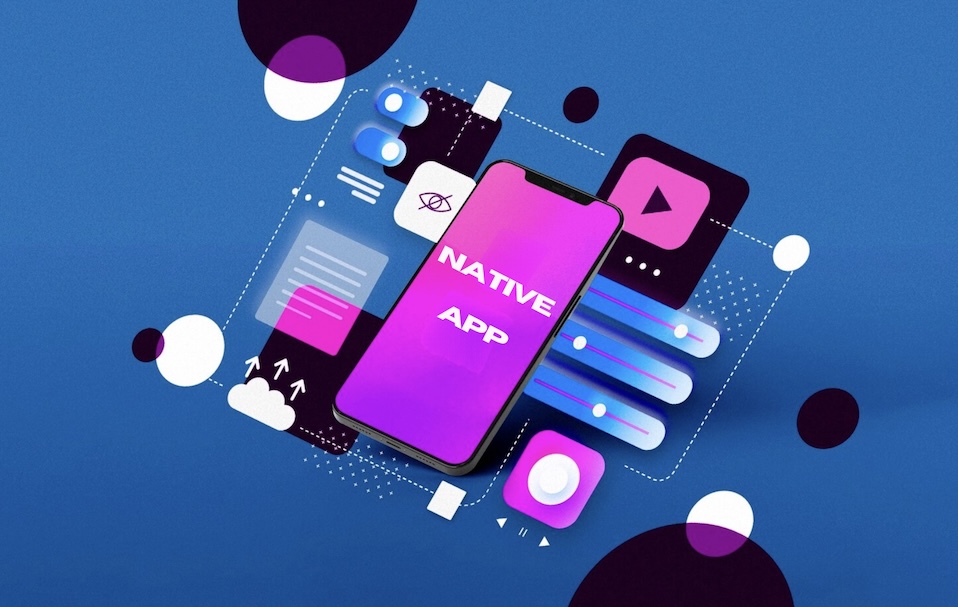
Native mobile app builder has been one of the most popular ways to build high-quality, high-performance apps over the past decade. But today, there are several options, including hybrid, cross-platform and others, making it difficult to choose the right approach for your needs.
In this blog post, we will discuss the merits of native mobile app builder strategies and suggest ways to decide which one is the best for your project’s needs and objectives.
>> Read more:
- PWA Apps vs Native Apps 2025: Which Suits You Better?
- 7 Best No-code eCommerce App Builders 2025
- 9 Best Free AI App Builders Without Coding In 2025
What is a Native Mobile App Builder?

Native mobile app builder basically means building the apps using the native programming languages, tools and APIs the platforms provide: Apple’s Swift or Objective C for iOS apps, and Google’s Java or Kotlin for Android apps.
Some key aspects of native mobile app builder include:
- Leverages Platform – Specific Capabilities
- Best Performance – Compiled for specific device/OS
- Native User Experience – Follows platform’s design guidelines
- Easier Debugging – Platform-provided tools simplify testing and fixing issues
- Seamless Updates – App stores enable quick distribution of new versions
- Long-Term Support – Continued OS/software updates from platform owners
>> Read more: Top 8 Drag and Drop Mobile App Builder Reviews
Differences between Native Apps and Hybrid Apps
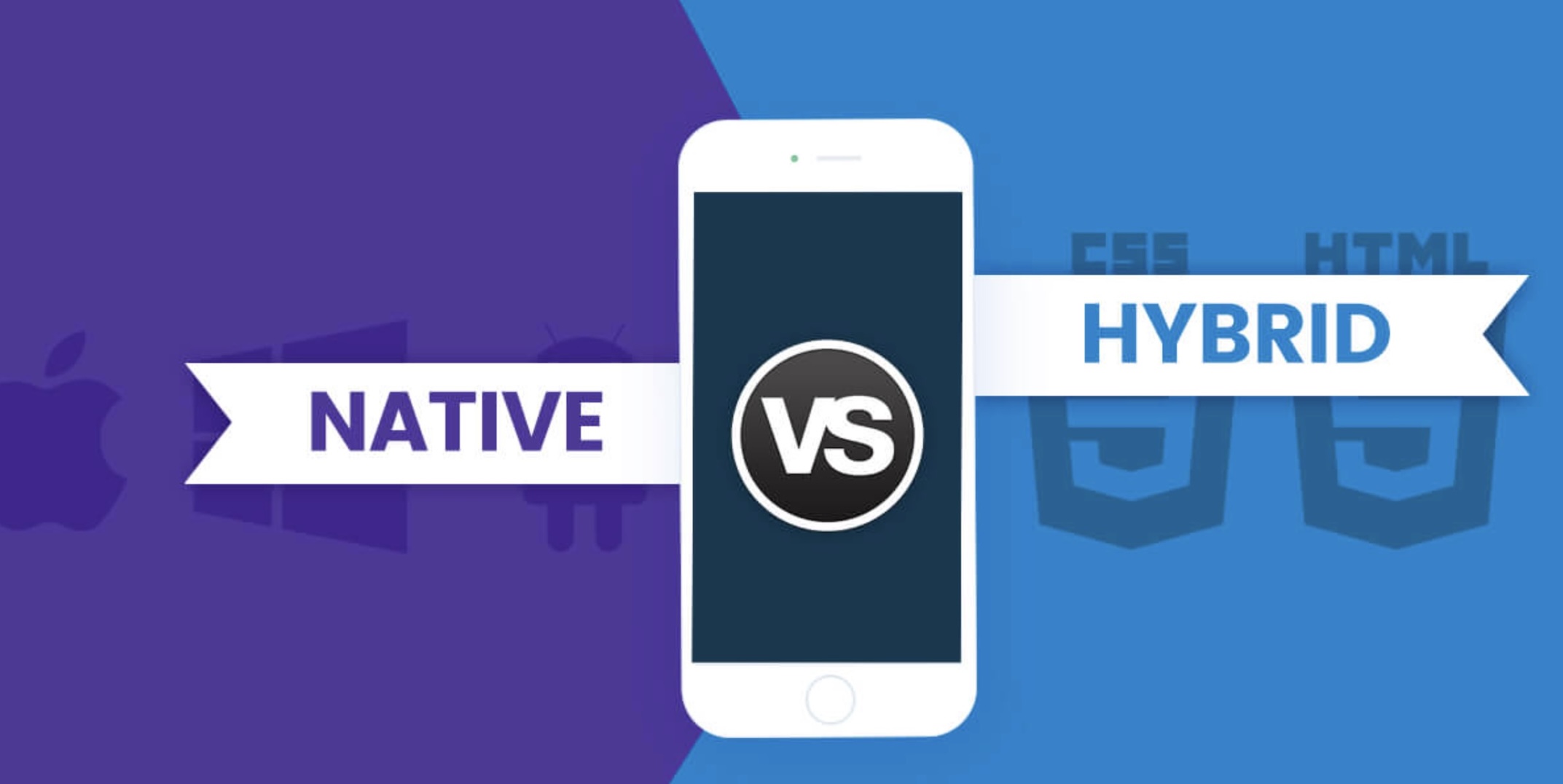
First, let’s figure out what a hybrid app is. A hybrid app is a type of mobile application that combines features of both native and web applications.
Hybrid apps can work across multiple platforms like Android and iOS with a single codebase. They are essentially web apps that are bundled inside native containers using hybrid frameworks. This allows developers to build each app just once and deploy it widely. After understanding what a hybrid app is, we can take a closer look at how native apps and hybrids stack up against each other in various categories:
| Category | Native App | Hybrid App |
| Platform | iOS- Swift, Objective C Android- Kotlin, Java | HTML, CSS and JavaScript Frameworks: PhoneGap, Ionic |
| Performance | Generally better and faster performance as it can fully utilize device hardware and software | Performance depends on device and connection speed as it runs within a webview |
| Features | Can access all device features like camera, Bluetooth etc. More robust features | Limited features depending on plugins and browser compatibility |
| Development Time | Longer development time as separate codes are required for different platforms | Faster development time as a single codebase works for multiple platforms |
| Cost of Development | Generally higher costs due to separate development for platforms | Lower costs with single codebase across platforms |
| Updates | Each platform update needs separate app store approval | Instant updates across platforms through single codebase |
| User Experience | Tailored and optimized for each platform | Uniform experience across platforms may not be platform-optimized |
| Maintenance Effort | Higher efforts to maintain separate codes for each platform | Lower maintenance with single codebase for all platforms |
Native App Builder for Android
Core Languages for Android Native Development
Developing native Android applications primarily involves two key programming languages: Java and Kotlin. There is a unique advantage in each language and each language is good for different development requirements and an app. So let’s uncover each of these languages and why they are essential for Android native development.
Java

Java has been the main language to build apps on the platform since the launch of Android. Being platform-independent, strong documentation and community support, and object-oriented programming capabilities, have made it a solid choice for developing Android applications. In addition, Java is also compatible with Android’s development tools and being an endpoint of the language and its stability and security features that have made it an outcome of language.
Kotlin
Kotlin was introduced in 2017 and was officially approved by Google. It quickly became a very popular language for new Android projects. Kotlin has a more concise and more clear syntax, its null safety feature, and integrated seamlessly with Java, and hence become an interesting option. Kotlin also supports coroutines to manage asynchronous tasks and gives the developer a fast, friendly environment to work in.
Key Tools for Native Android Development
Android Studio
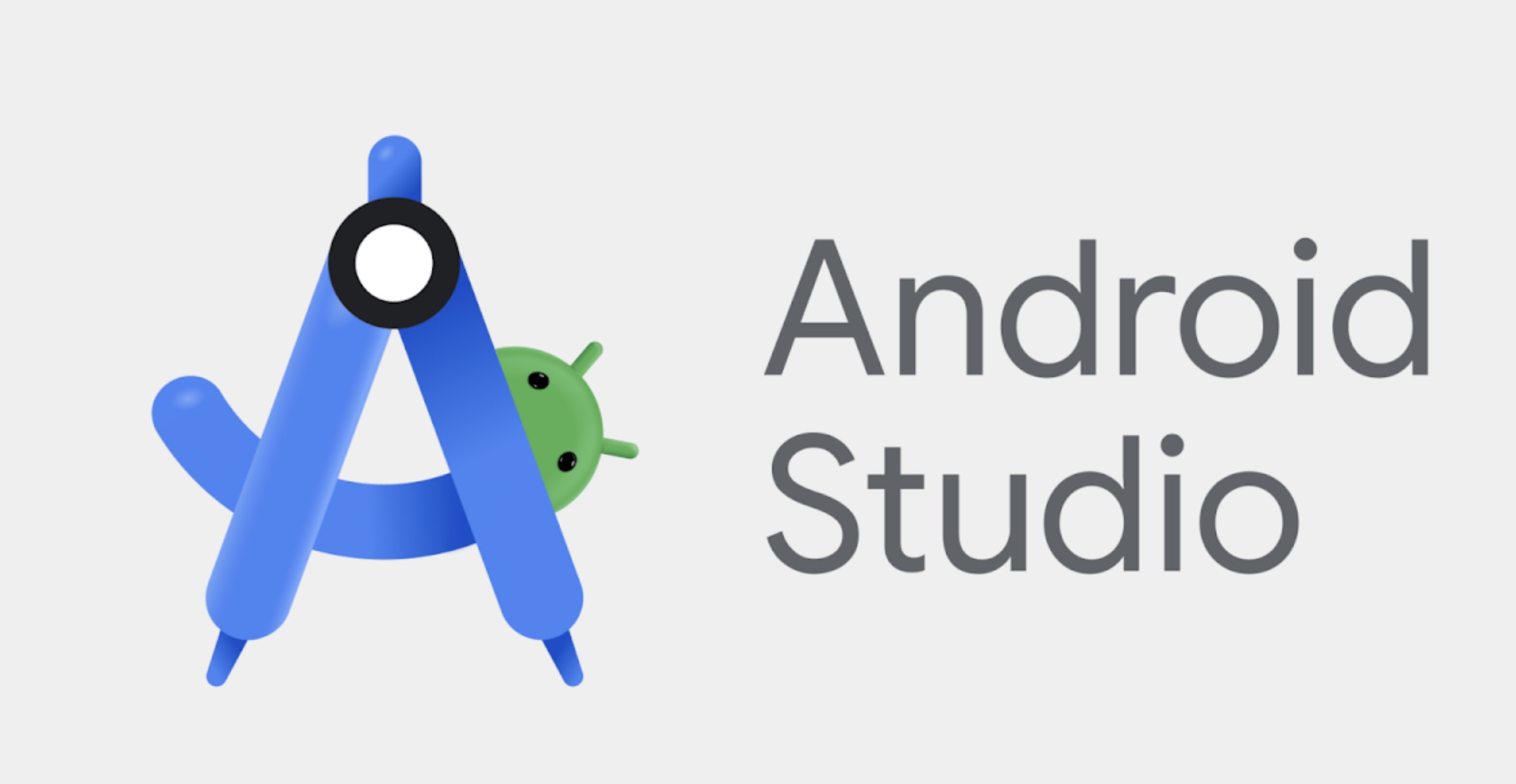
The official Integrated Development Environment (IDE) from Google for building Android apps is Android Studio, which comes loaded with a host of integration tools for building, testing and deploying Android apps. Its features include a powerful code editor with syntax highlighting and intelligent code completion, a visual layout editor for designing user interfaces, and an emulator. Along with that, Android Studio includes debugging and profiling tools to help developers locate and optimize problems in performance of their apps.
Android SDK
The Android Software Development Kit (SDK) includes everything developers need to create apps for Android.
Android Jetpack, a collection of libraries within the SDK, simplifies development by providing best practices and reducing boilerplate code, resulting in more modular and maintainable applications. The SDK also includes emulators that enable developers to test their apps on different Android versions and device configurations, ensuring optimal performance across a wide range of devices.
Native App Builder for iOS
Core Languages for iOS Development
Swift
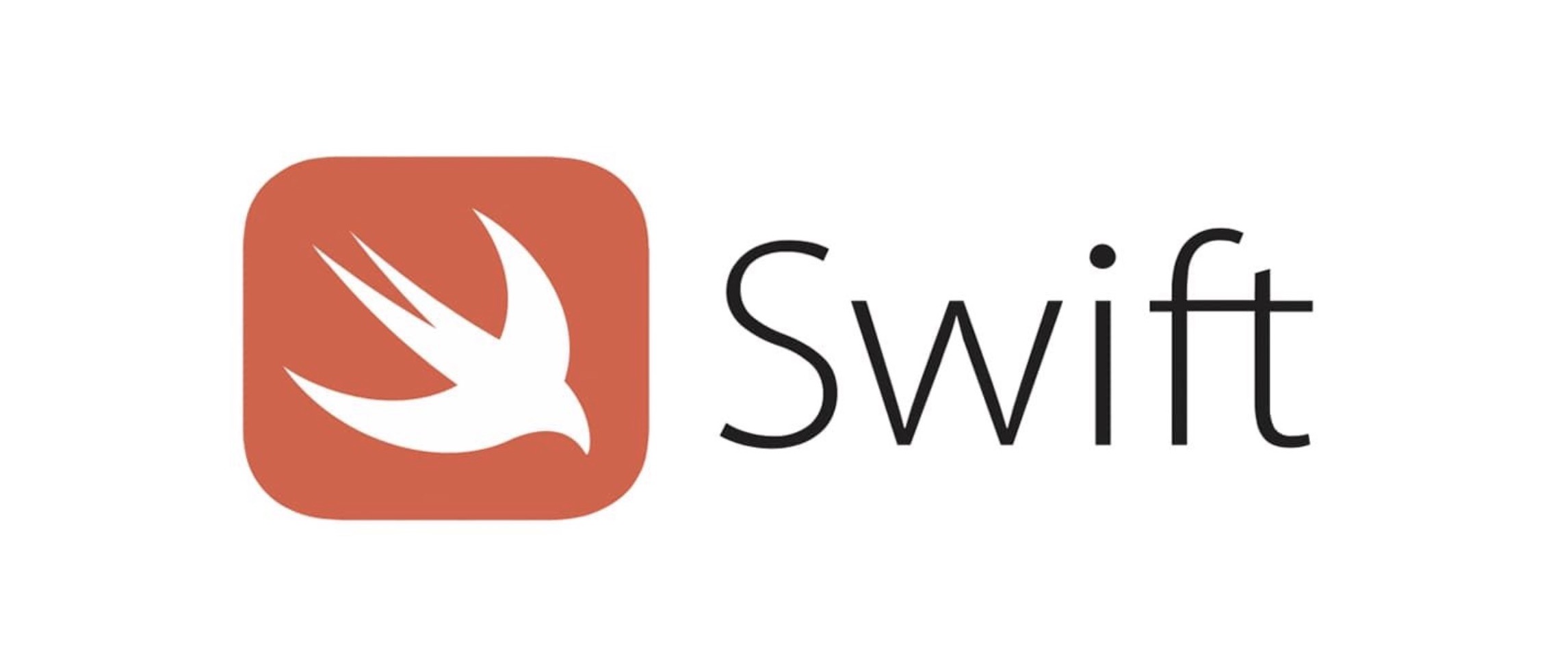
Introducing Swift in 2014, Apple’s primary language for iOS development, replaced Objective-C. It is modern, safe and user friendly.
A syntax that’s clean, concise, and efficient, Swift enables developers to write more readable and efficient code and at the same time reduce boilerplate and time. Swift also has the optimization of speed and efficiency for the iOS apps built on it run fast and well.
Objective-C
Before Swift, the language you would have used for iOS development was Objective C. Although it’s not as popular for new projects, it is still used with older applications or with a complex library.
Dynamic runtime and flexibility in controlling development trends are still useful when working with complex libraries and Objective-C is still valuable. While Swift is still relatively new, its safety features and large open source community make it the go to for most iOS developers.
Key Tools for Native iOS Development
Xcode
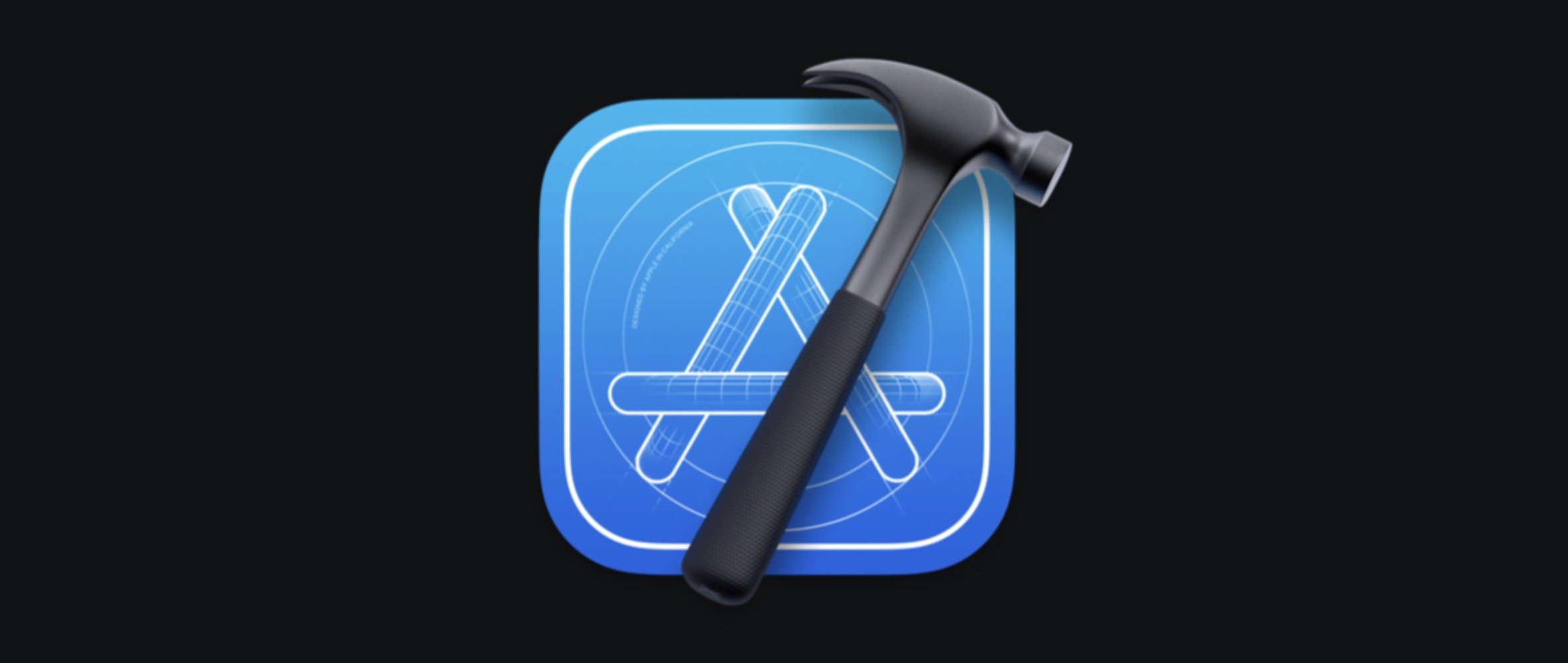
Xcode is Apple’s official Integrated Development Environment (IDE) for iOS development. It’s all you need to build, test, and deploy iOS apps. Xcode’s code editor works with Swift and Objective C, so you have code completion, syntax highlighting, and refactoring tools, along with many others, to help you develop faster.
Developers can design user interfaces visually in its Interface Builder, by using drag and drop options to create layout, buttons and other UI elements. Xcode also comes with a simulator, which lets developers test their apps on imaginary iOS machines, which emulate a range of iPhone and iPad models.
iOS SDK
The iOS Software Development Kit (SDK) provides the essential libraries and APIs needed to build iOS applications.
Key frameworks within the SDK include UIKit and SwiftUI for UI development, Core Data for data storage and management, and Foundation for fundamental features and networking tasks. With these tools and frameworks, iOS developers can have the resources to build feature rich and efficient applications.
Why Should You Choose a Native Mobile App?
Few things are as compelling as native mobile app builder and few things are preferred as much as it is. But before you do, it’s worth thinking about the potential negatives.
Key Benefits of Native Mobile App Builders
Performance and Responsiveness: Said in a simple sentence, native apps are built for a specific platform and take advantage of the OS user’s hardware to deliver blazing-fast performance and a super responsive user experience.
- Seamless Integration: Since native apps can do everything a phone can with full access to the hardware, such as the camera, GPS, and all of the sensors, we can build truly integrated applications.
- Intuitive UX: Native apps are designed to follow platform-specific design guidelines, thus creating a familiar and intuitive experience your users are used to, increasing engagement.
- Enhanced Security and Reliability: Using native, you usually employ their target platform security frameworks too, and so generally you have apps that are more secure and trustworthy.
- Offline Functionality: Native apps are installed on the device, and can operate offline, unlike web-based apps which need an internet connection.
- Improved Discovery and Installation: Dedicated app stores make it easy for users to discover and easily install native apps.
Potential Drawbacks of Native Mobile Apps
- Higher Development Costs: With iOS and Android, you have to build separate native apps which takes more time, more resources and more expertise which is more expensive.
- Platform-Specific Expertise Required: Unlike web development, native app development requires expertise in platform-specific languages, tools and frameworks that can be hard to find and keep.
- Longer Development Timeline: This can stretch your overall development timeline out simply because you now have to keep separate codebases.
- Limited Code Reusability: Unlike cross-platform frameworks, native app development has limited code reusability between platforms.
For your case, it will depend on whether you need a native app or an alternative app development approach, what resources are available to you, and the tradeoffs you’re willing to make.
How to Choose the Right Native Mobile App Builder
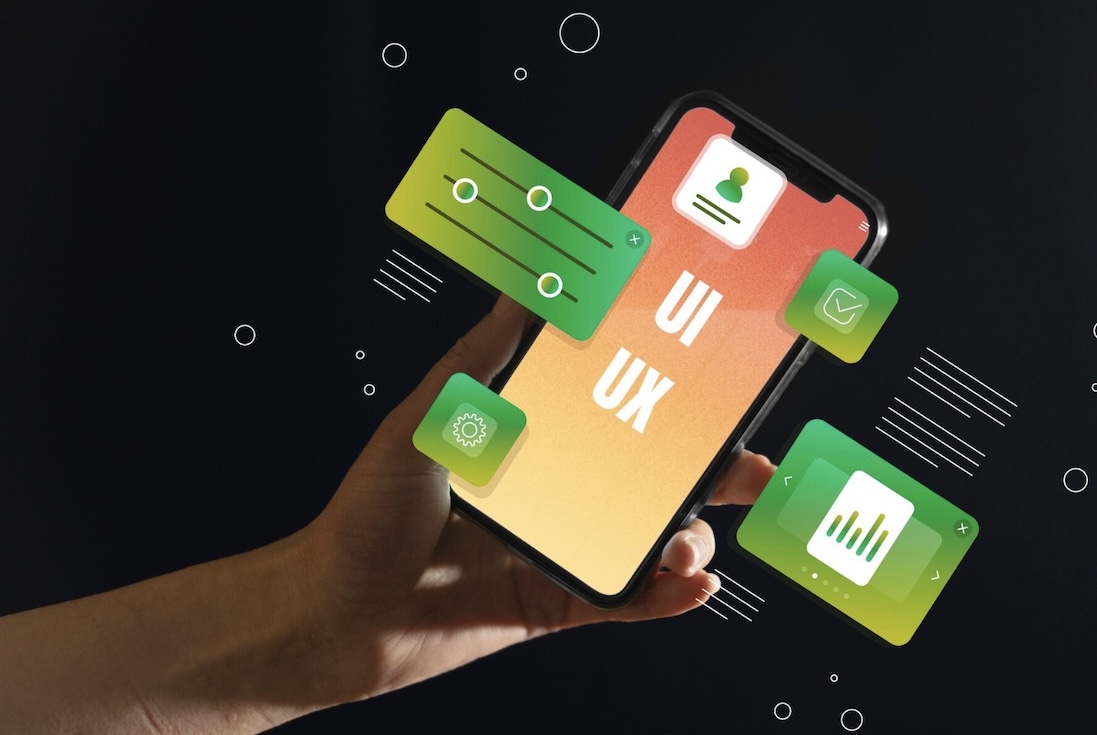
When it comes to creating a native mobile app, choosing the right platform or builder can mean the difference between a high development cost, a long time-to-market, and a terrible user experience. Here are some key features to look for when selecting the right native mobile app builder:
- Supported Platforms
The first thing you need to figure out is which mobile platforms you need to target: iOS, Android, or both. Find out what native app builder options are available that can support your target platform(s). There are some platforms that provide you with development on only one ecosystem, iOS or Android, and some provide tools to build native apps for both ecosystems.
- Drag-and-Drop Design Capabilities
The biggest advantage of using a native mobile app builder is that you can create your app without having to write lots of code. Find a platform that gives you a user-friendly drag-and-drop interface to visually arrange elements and customize the look and feel of your app. This no code approach can greatly reduce time and cost to develop, and is more accessible, especially for small businesses and entrepreneurs.
- Real-Time Data Synchronization
If your mobile app is connected to an e-commerce platform like Shopify, it’s very important to have data synchronization between the app and your online store. What you want out of the right native app builder is that it automatically updates your app with the latest orders, products and other relevant data in real time. It means your users will have a smooth, up-to-date experience on both platforms and it makes it easier for you to manage your business data on both platforms.
- Development Languages and Tools
While different native app builders use different programming languages, frameworks, and integrated development environments (IDEs). Swift/Xcode for iOS and Java/Android Studio for Android are common options. So when choosing a platform, think about your team’s existing skills and preferences.
- Extensibility and Customization
Understand how extensible and customizable the native app builder is. Can you easily extend your app with third-party plugins, APIs and libraries? What do you have control over, the user interface or underlying code?
- Testing and Deployment
Research any native app builder’s testing and deployment tools. Does it become easy to test your app on physical devices or emulators? Does the platform take care of handling submissions and books to the different app stores?
- Pricing and Support
Last but not least, evaluate the price strategy and help alternatives of the network app developer. Find out the licensing fees, any usage-based costs and the amount of technical assistance included. Make sure your budget and your team are supported by the platform.
Also, remember that the right native app builder shouldn’t just simplify the development process, but also give you the means to build a strong, user-friendly app that connects with your target audience.
Summing Up
When selecting a native mobile app builder, pick the one that will suit your needs best and that will be most affordable. The downside to native apps is that they are not as performant or user-friendly as they are on the web, and they also require more development and maintenance investment.
Hope this blog helps you choose the right native mobile app builder. Remember to spend some time carefully considering your options and choosing the strategy that will best position your native app to succeed.
If you are running a Shopify store and want to turn your website in to an app, try Simicart! With over 10 years of developing mobile solution for Shopiy, Simicart help you create a rich-function native mobile app with no-code and no high cost!
>> Check out Simicart mobile app builder!

